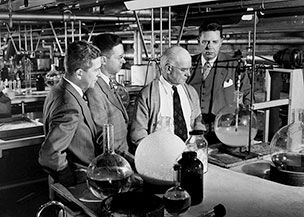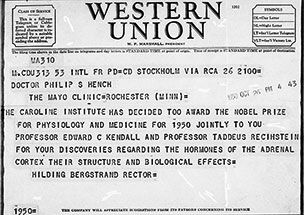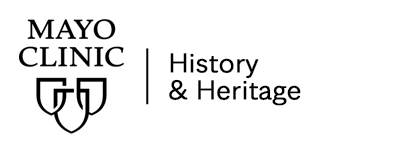
In 1950, the fastest way to send a text message was by telegram. This cable from Western Union announced that two members of the Mayo Clinic staff – Edward Kendall, Ph.D., and Philip Hench, M.D. – would share the Nobel Prize for Medicine or Physiology for their discovery of cortisone.
Not only is cortisone a medication that has helped people around the world, it also is a classic story of collaboration. Dr. Kendall, a laboratory scientist, worked for decades on the project. He collaborated with Dr. Hench, a clinical rheumatologist, to create cortisone and apply it to patients. This represents the “bench-to-bedside” or “translational” strength of research at Mayo Clinic.
In the spirit of teamwork, the Nobel Prize was announced at a meeting of the medical and scientific staff so all participants would know they were included and recognized in the award. As Dr. Kendall said, “This could have only happened at the Mayo Clinic.”

